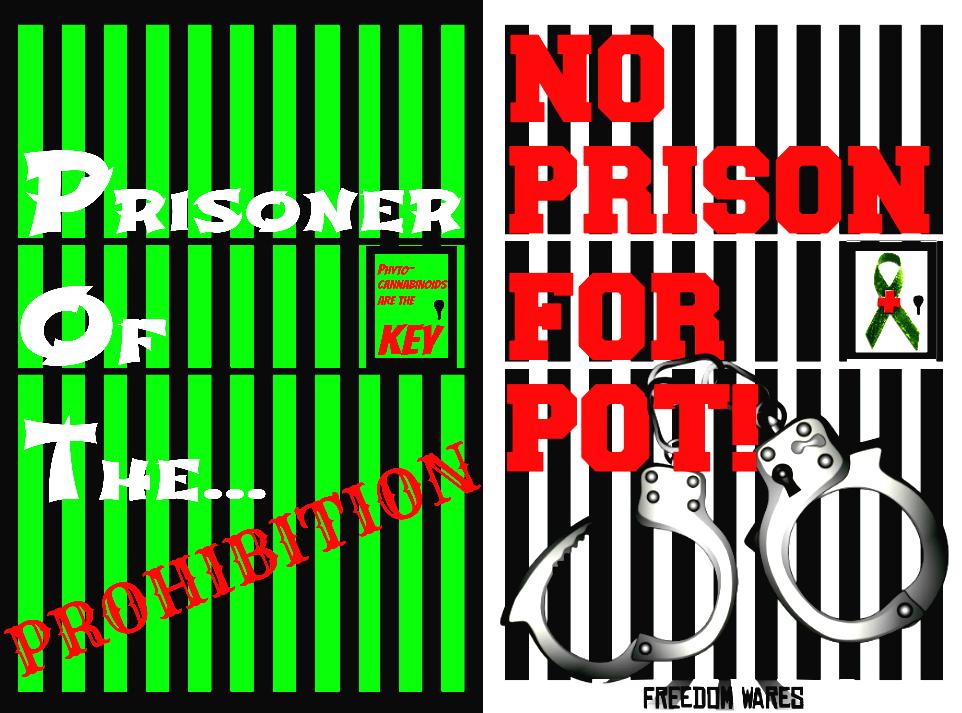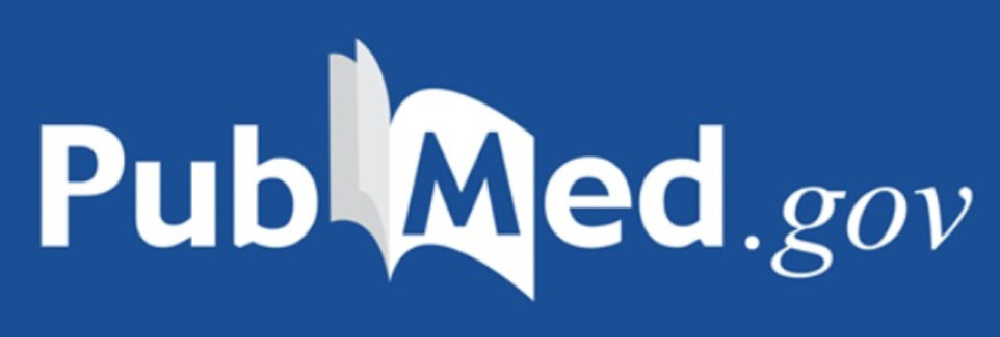- PMID: 33332002
- DOI: 10.1007/978-3-030-57369-0_3
Abstract
Cannabis can synthetize more than 400 compounds, including terpenes, flavonoids, and more than 100 phytocannabinoids. The main phytocannabinoids are Δ-9-tetrahydrocannabinol (THC) and cannabidiol (CBD). Cannabis-based products are used as medicines in several countries. In this text, we present an overview of the main neurochemical mechanisms of action of the phytocannabinoids, especially THC and CBD. We also reviewed the indications and adverse effects of the main cannabis-based medicinal products. THC acts as a partial agonist at cannabinoid 1/2 receptors (CB1/2). It is responsible for the characteristic effects of cannabis, such as euphoria, relaxation, and changes in perceptions. THC can also produce dysphoria, anxiety, and psychotic symptoms. THC is used therapeutically in nausea and vomiting due to chemotherapy, as an appetite stimulant, and in chronic pain. CBD acts as a noncompetitive negative allosteric modulator of the CB1 receptor, as an inverse agonist of the CB2 receptor, and as an inhibitor of the reuptake of the endocannabinoid anandamide. Moreover, CBD also activates 5-HT1A serotonergic receptors and vanilloid receptors. Its use in treatment-resistant epilepsy syndromes is approved in some countries. CBD does not produce the typical effects associated with THC and has anxiolytic and antipsychotic effects. Some of the most common adverse effects of CBD are diarrhea, somnolence, nausea, and transaminase elevations (with concomitant use of antiepileptics). The mechanisms of action involved in both the therapeutic and adverse effects of the phytocannabinoids are not fully understood, involving not only the endocannabinoid system. This “promiscuous” pharmacology could be responsible for their wide therapeutic spectrum.
Keywords: Cannabinoids, Endocannabinoids, Mechanisms of action, Neuropharmacology, Phytocannabinoids
References


